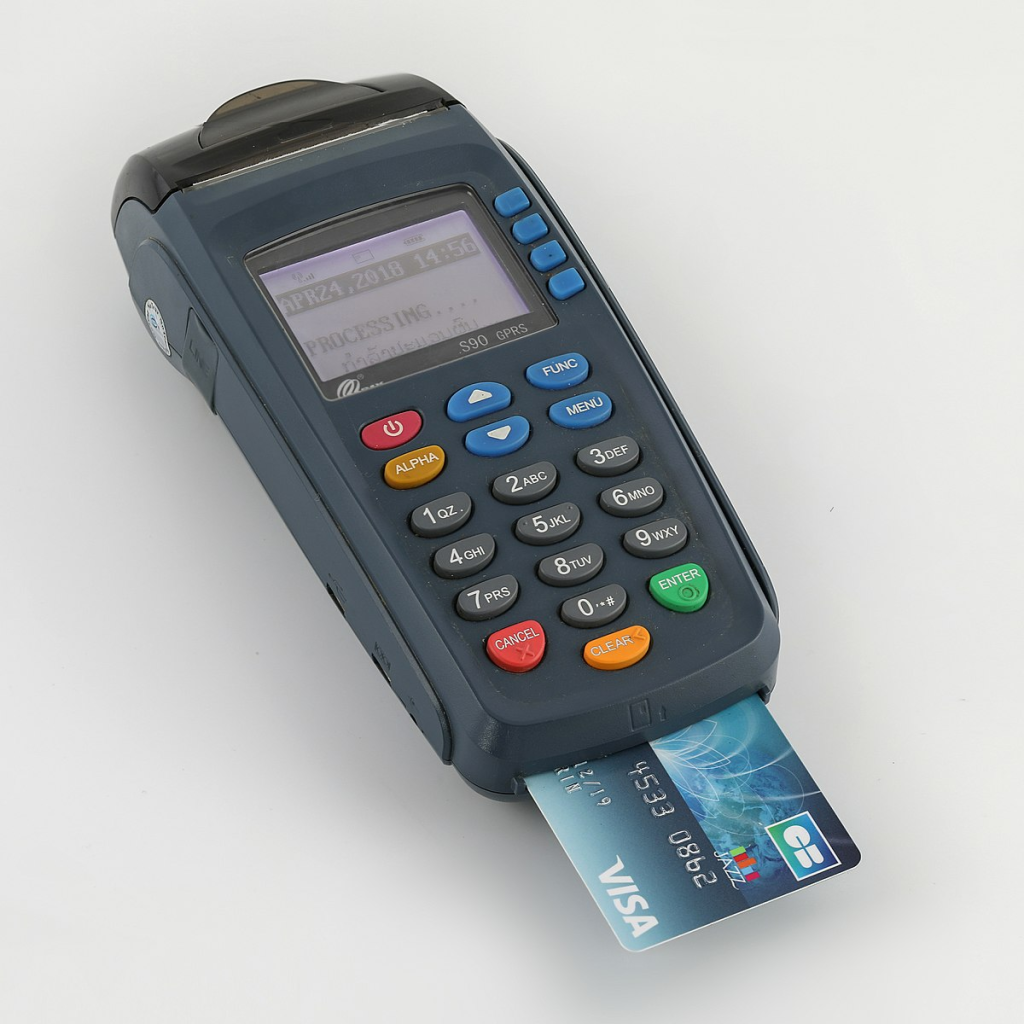Offering credit card models requires navigating the powerful landscape of financial engineering, understanding the growing needs of companies, and giving solutions that enhance efficiency and client experience. As a seller, it’s essential to put credit card products not just as deal tools but as integral components of a contemporary, streamlined business operation.
One of the critical major factors in offering charge card models is showing the huge benefits they bring to businesses. These devices allow protected and easy transactions, accommodating a variety of cost strategies from conventional card swipes to contactless funds and processor inserts. Focusing the speed and reliability of those transactions is crucial, particularly in some sort of wherever clients assume smooth and quick cost processes.
As well as transactional effectiveness, sellers should underscore the protection characteristics stuck in modern charge card machines. With raising considerations about information breaches and scam, corporations are willing on adopting options that prioritize the security of economic transactions. Bank card models built with encryption engineering and compliance with business criteria offer a safe setting for both companies and their customers.
Understanding the diverse wants of corporations is paramount in selling charge card machines. Various industries may require specialized features, such as for instance inventory administration integration, hint control for eateries, or repeating billing for membership services. Customizing solutions on the basis of the unique needs of each customer fosters confidence and assures that the credit card machine aligns effortlessly making use of their operational processes.
Moreover, dealers need to keep informed about the newest developments in bank card unit technology. This includes awareness of emerging styles such as for instance portable payment possibilities, electronic wallets, and the integration of artificial intelligence in payment systems. Demonstrating an extensive knowledge of the ever-evolving fintech landscape instills assurance in clients, guaranteeing them that the answers provided have reached the lead of market innovation.
Making solid associations with customers is an integral aspect of successful charge card machine sales. This involves not merely understanding their immediate wants but in addition expecting future requirements as their corporations grow. Establishing ongoing connection programs and providing responsive customer care donate to a confident and enduring partnership.
Educating clients in regards to the cost-effectiveness of credit card machines is still another vital facet of the selling process. While there could be an initial expense, emphasizing the long-term savings from reduced income managing, decreased human errors, and increased transaction quantities can swing businesses toward realizing the value of those devices as strategic assets as opposed to pure expenses.
Lastly, retailers must look into providing detailed instruction and onboarding support to customers adopting bank card machines for the first time or moving to replaced systems. This assures a smooth integration method, minimizes disruptions to daily operations, and increases the advantages of the new technology. Providing ongoing instruction opportunities also sell credit card machines vendors as valuable partners dedicated to the achievement of these clients.

To conclude, selling bank card models requires a multi-faceted strategy that includes technological knowledge, a strong knowledge of customer wants, and successful conversation skills. By placing bank card devices as major instruments that increase protection, performance, and customer care, vendors donate to the modernization and achievement of corporations across various industries.
